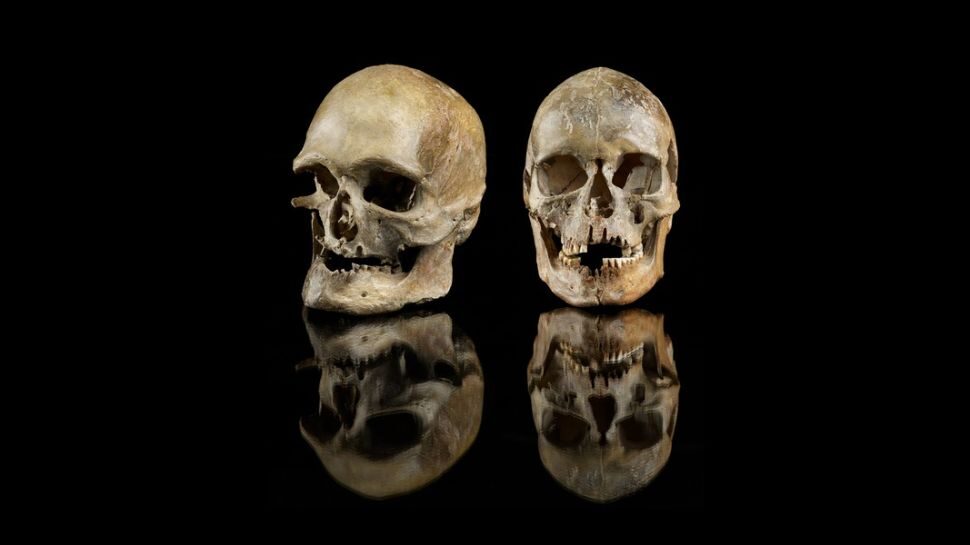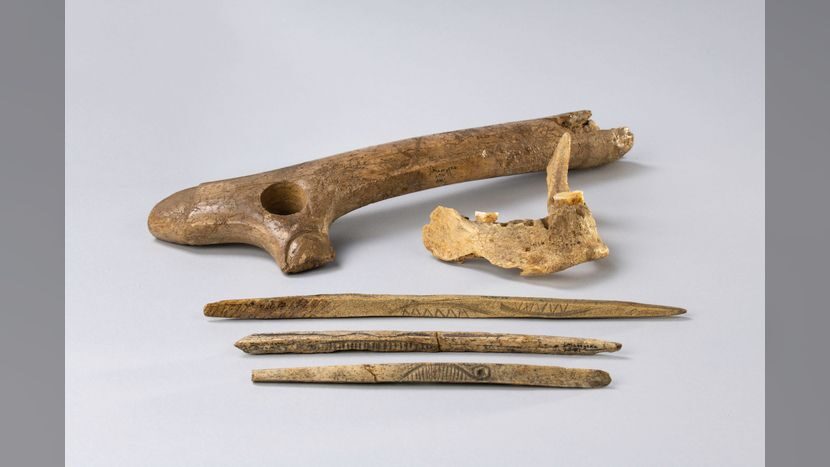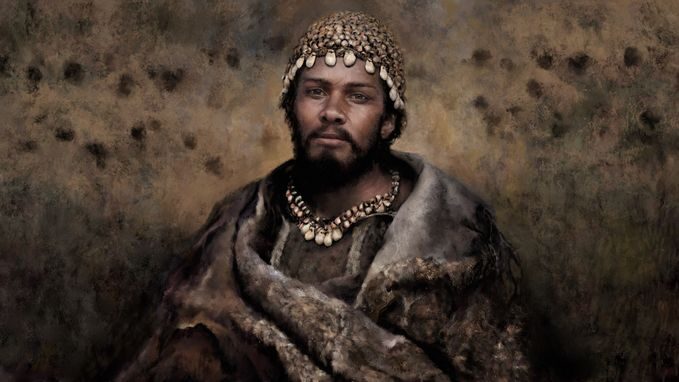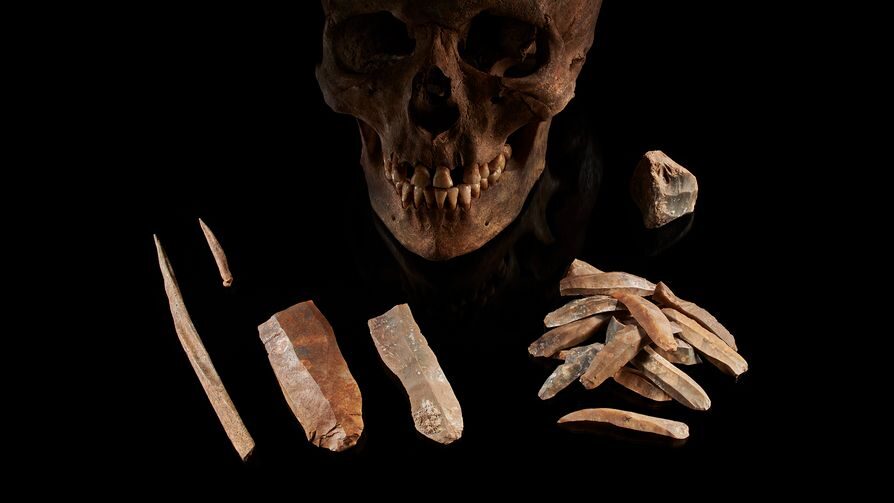
Comment: This report is a detailed update to the same author's previous article from January of this year that can be found here.
The largest study yet to look at the genetics of ice age hunter-gatherers in Europe has uncovered a previously unknown lineage dubbed the Fournol.
A previously unknown lineage of Europeans survived the coldest parts of the last ice age, only to vanish when Europe went through a warm spell starting about 15,000 years ago.
The discovery comes from the largest study yet to look at the genetic makeup of ice age European hunter-gatherers.
For most of the past 100,000 years, glaciers covered much of Europe. Starting about 45,000 years ago, hunter gatherers began arriving in Europe from Africa through the near East, toughing it out during the Last Glacial Maximum (roughly 25,000 to 19,000 years ago), the coldest part of the last ice age.
Comment: The Out of Africa theory is a theory, and one that isn't supported by sufficient data. These peoples most likely migrated from Eurasia: Most human origins theories are not compatible with known fossils

To shed light on this ancient time, scientists have now collected the largest known database of prehistoric European hunter-gatherer genomes. They analyzed the genomes of 356 ancient hunter-gatherers who lived between 35,000 and 5,000 years ago in what are now 34 countries across Eurasia. This included new data from 116 individuals.

One previously unknown Gravettian lineage — dubbed Fournol, after a French site that is the earliest known location associated with this genetic cluster — inhabited what is now France and Spain. Another — named Věstonice after a Czech site — stretched across today's Czech Republic and Italy.
The Fournol descended from the Aurignacians, the earliest known hunter-gatherer culture in Europe, which lasted from about 43,000 to 33,000 years ago. In contrast, the Věstonice descended from the Kostenki and Sunghir groups farther east from what is now western Russia, who were contemporaries of the Aurignacians.
There are some cultural differences between these two lineages. For instance, Fournol people buried their dead in caves, and sometimes may have ritually cut the bones after death, Posth said. In contrast, the Věstonice buried their dead with funeral goods, personal ornaments and the red mineral ochre in open air or cave sites.

Comment: The above illustration of what looks like an Africa man is particularly odd considering it is supposed to reflect Eurasian peoples.
People of the Fournol and Věstonice lineages may have possessed darker skin and eye color than some of the lineages that came after them, the new genome study suggests. However, Posth warned that "it is not possible to know their exact skin and eye colors, because those traits might be influenced by multiple other genes."
The Fournol genetic signature survived the Last Glacial Maximum, lasting for at least 20,000 years. Their descendants sought refuge in what is now Spain and southern France during the Last Glacial Maximum and later spread northeast to the rest of Europe.
In contrast, the Věstonice died out. Previously, scientists thought the Italian peninsula was a refuge for Gravettians during the Last Glacial Maximum, with the people there eventually forming the so-called Epigravettian culture after the glaciers retreated. However, the new findings show the Věstonice were not genetically detectable after the Last Glacial Maximum.
Instead, the new study finds the Epigravettians actually descended from Balkan groups that entered Italy as early as 17,000 years ago.
"Right after the Last Glacial Maximum, the genetic makeup of the human groups living in the Italian peninsula changed dramatically," Ludovic Orlando, a molecular archaeologist at Paul Sabatier University in Toulouse, France, who was not involved in the study, told Live Science.

All in all, this new research "considerably extends our knowledge of ancient genome human variation in the deep past of Europe," said Orlando, who wrote a perspective on the new study. "It unveils important changes in the genetic makeup of some regions following major climate changes."
The scientists detailed their findings on Wednesday (March 1) in the journal Nature.



Comment: See also: World's oldest cooking pots found in Siberia, created 16,000 years ago at the end of the last ice age